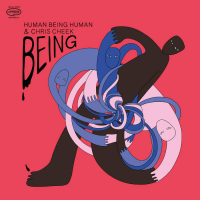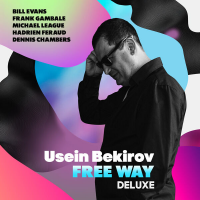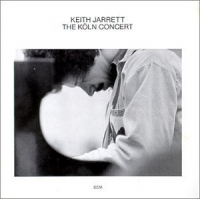Home » Jazz Articles » Album Review » Marco Antonio Santos: About: Silence
Marco Antonio Santos: About: Silence
In Austin, Santos quickly became a first-call guitarist in a variety of idioms, as a side person and with his own ensembles, including the Jukebox Trio, whose repertoire reflects the North American pop he was steeped in as a youth. Fans in Texas who know his outgoing persona as a performer may be surprised at the introspection of About: Silence, but the project was imagined, in part, as an antidote to the din he perceived around him, especially on social media. "Nobody was listening, everybody was only speaking," as he put it. He wanted to get behind the noise and create not just a string of songs but a cohesive artistic statement, under the influence of "months of isolation and the loss of so many lives during the worst of the COVID pandemic, the suppressed voices in recent cases of racial injustice, and my personal experiences as an immigrant in a very individualistic culture." The release includes visual art, dance, and Santos' own striking poetry in Portuguese (with translations).
The instrumentation of About: Silence pits a jazz trio of guitar (Santos), bass (Chris Jones), and drums (Fabio Augustinis) against wind and string quartets in alternation, producing unexpectedly plangent timbres, honeyed dissonances, and fluid textures. Envisioned as a multi-movement work, each component expresses a distinct aspect of silence. For example, "Bittersweet" conjures saudade, a longing for things that no longer exist. "Breathtaker" and "I Can't Breathe" fall on opposite sides of police brutality, silencing and being silenced. "March of Loud Quietude" evokes depression, the interior world of the sad clown, portrayed via subtly shifting polyrhythms—5/4, 3/4, 4/4—under a calm exterior. A standout piece is "Missing Part," an expression of grief over the loss of a part of oneself that has died; "when you look at yourself and see that you've changed," as Santos put it. In the video release (below), Sarah Wales' haunting dance brings the moment to life.
About: Silence is a love letter to a quieter world, an intimate stillness shared by a busy musician who put the rock and rattle of his day-to-day on hold to reflect. It is well worth a spin.
Track Listing
About Silence; Bittersweet; Breathtaker; I Can't Breathe; Eyes of Us Both Part 1; That Brief Moment When Everything Seems to Click; Eyes of Us Both Part 2; Things Money Should Not Buy but Seem to Be Always for Sale; Missing Part; Numb; March of the Loud Quietude.
Personnel
Marco Antonio Santos
guitarChris Jones
bassFabio Augustinis
drumsDominique Reilly
fluteDavid Blackwell Jr.
saxophone, baritoneDr John Mills
saxophoneDaniel Toscano
clarinetBrigit Fitzgerald
bassoonCorina Santos
violinCamille Schiess
violinRebecca Lester
violaMatt Armbruster
celloAlbum information
Title: About: Silence | Year Released: 2023 | Record Label: Ears And Eyes Records
Tags
PREVIOUS / NEXT
Support All About Jazz
 All About Jazz has been a pillar of jazz since 1995, championing it as an art form and, more importantly, supporting the musicians who make it. Our enduring commitment has made "AAJ" one of the most culturally important websites of its kind, read by hundreds of thousands of fans, musicians and industry figures every month.
All About Jazz has been a pillar of jazz since 1995, championing it as an art form and, more importantly, supporting the musicians who make it. Our enduring commitment has made "AAJ" one of the most culturally important websites of its kind, read by hundreds of thousands of fans, musicians and industry figures every month.


























